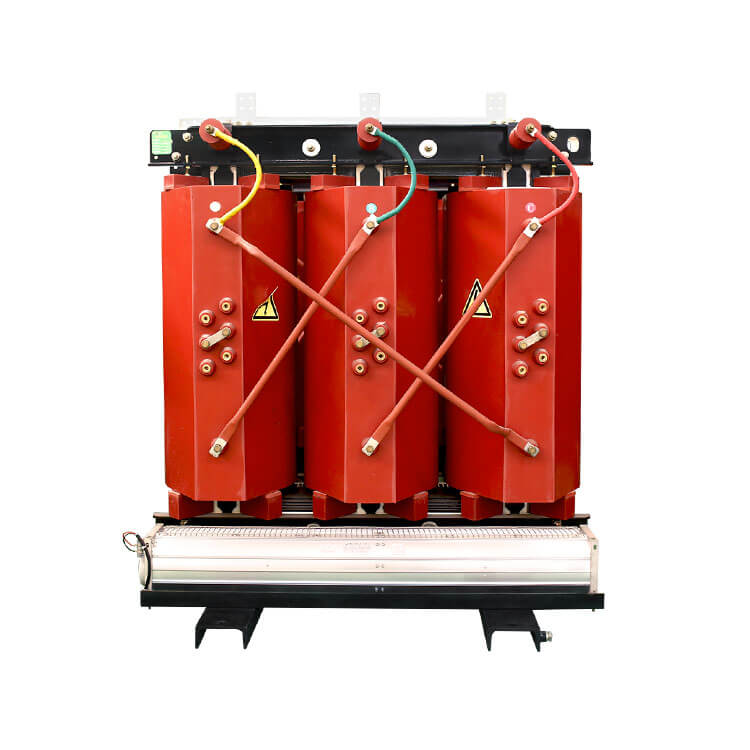What are the differences between step-up and step-down transformers?
2024-01-05 17:02 | By: ZTELEC-www.ztelecgroup.com | 193click
Step-up transformers and step-down transformers are two types of transformers that differ in their primary function regarding voltage transformation. Here are the key differences between them:
1. Voltage Transformation:
Step-Up Transformer:
Increases the voltage from the primary winding to the secondary winding.
The number of turns in the secondary coil is greater than the number of turns in the primary coil.
Commonly used in power transmission from power plants to substations, where high-voltage transmission reduces energy loss over long distances.
Step-Down Transformer:
Decreases the voltage from the primary winding to the secondary winding.
The number of turns in the secondary coil is fewer than the number of turns in the primary coil.
Used in distribution networks to reduce high-voltage power from substations to levels suitable for residential and commercial use.

2. Current Relationship:
Step-Up Transformer:
The secondary current is lower than the primary current.
Current and voltage have an inverse relationship in a transformer.
Step-Down Transformer:
The secondary current is higher than the primary current.
Current and voltage have an inverse relationship in a transformer.
3. Applications:
Step-Up Transformer:
Used in power generation and long-distance power transmission.
Found in electrical substations where electricity is stepped up before transmission.
Step-Down Transformer:
Commonly used in distribution networks and local substations.
Installed on utility poles or in local substations to reduce voltage for residential and commercial use.

4. Example of Use:
Step-Up Transformer:
Converts power generated in a power plant (usually at low voltage) to a higher voltage for efficient long-distance transmission.
Step-Down Transformer:
Reduces the voltage from transmission lines to levels suitable for residential and commercial use.
5. Efficiency:
Step-Up Transformer:
May have higher efficiency in long-distance transmission, reducing energy loss.
Step-Down Transformer:
Efficiency is crucial for minimizing energy loss in the distribution network.
6. Physical Size and Weight:
Step-Up Transformer:
Tends to be larger and heavier due to the higher voltage requirements.
Step-Down Transformer:
May be relatively smaller and lighter compared to step-up transformers.
the primary distinction between step-up and step-down transformers lies in their voltage transformation capabilities. Step-up transformers increase voltage for long-distance transmission, while step-down transformers decrease voltage for safe distribution and utilization. Both types are essential components of power transmission and distribution systems.
tags:Price of a 1600kVA 10kV Cast Resin Dry-Type Transformer35kV dry-type transformer protection10kV oil-immersed transformer110 kV oil-immersed transformerOil-Immersed Transformer Maintenance
- more+releated article
- 2025-12-13How to Select and Use Phenolic Cloth-base Lami
- 2025-12-13How Much Does Bakelite Sheet Cost? 2025 Price
- 2025-12-13Why are most 3240 epoxy boards yellow?
- 2025-12-13What are the Main Applications of FR4 Epoxy Bo
- 2025-12-13Why Does the Price of Insulating Paperboard Va
- 2025-12-13Heat-Resistant DDP Insulation Paper
- 2025-12-13Comparison of Heat-Resistant DDP Insulating Pa
- 2025-12-13G10 and FR4 Epoxy Boards: Commonly Used for Ge
- 2025-12-13The Price of Heat-Resistant DDP Insulation Pap
- 2025-12-13How to Choose Epoxy Laminate Materials for Gen





